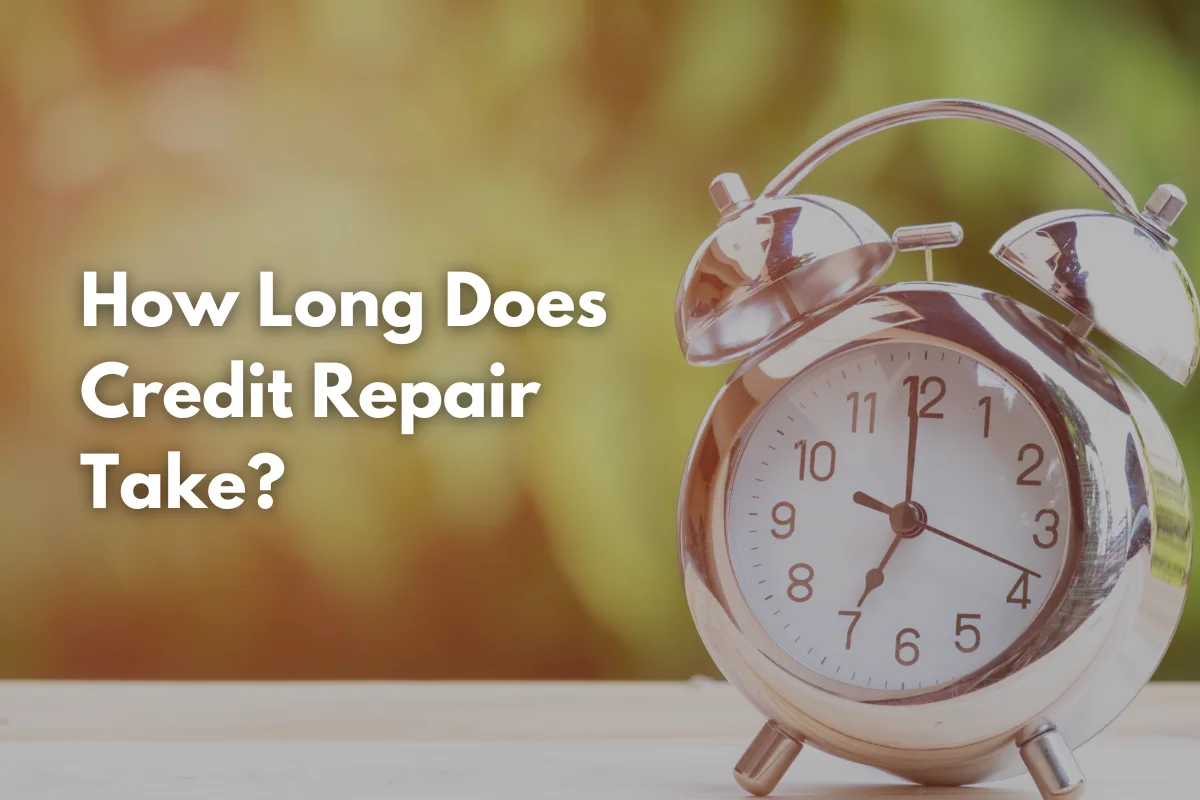Month 0: Get Your Baseline
Pull fresh reports from Equifax, Experian, and TransUnion. List every negative item, balance, and utilization figure. Gather proof like payment confirmations, settlement letters, and identity theft documents. Set goals for 30, 90, and 180 days so you can measure progress in a clear way. If you want a guided start, review the basics of credit repair so your plan is organized from day one.
Month 1: File Targeted Disputes
Submit focused disputes to each bureau. Keep each dispute about one problem and supply supporting documents. Correct name and address issues that can cause mixed files. Ask card issuers to update credit limits so utilization is accurate. Set autopay on every active account to prevent new late payments as you work the plan.
Month 2: Investigations In Progress
Bureaus contact furnishers to verify data. Use this time to build positives. Add a secured card or credit builder loan if your file is thin. Keep credit utilization under 30 percent and aim lower if possible. If you have medical collections, confirm whether current rules make them removable once paid or if small balances are excluded.
Month 3: First Round Results
Most investigations finish in about 30 days. Read outcomes line by line. Confirm that status, balance, and dates are all correct. If an inaccurate item was verified, gather stronger proof and plan a second round. If a collection was deleted or updated, watch for score gains and note any remaining issues that need action.
Months 4 to 6: Follow Ups And Rebuilding
Send a second round of disputes where the facts support a change. Address goodwill requests with creditors for isolated late payments and ask for a one time courtesy update. Keep utilization low and do not add unnecessary inquiries. If you are preparing for a mortgage, ask lenders about their guidelines for paid collections and minimum open trade lines so you can align your plan with real underwriting rules.
Months 7 to 9: Stabilize Your Profile
By now your reports should reflect cleaner data and a few months of on-time payments. Recheck every tradeline for consistent reporting across bureaus. If you settled any accounts, make sure they are read as paid and closed with a zero balance. Continue credit builder activity and consider adding rent reporting if your landlord supports it. Many people shop for services at this stage. If you compare the market, look for transparency and real case work rather than mass letters that do not fit your file. Search interest often centers on the phrase best credit repair companies, but a local, hands-on approach can be more effective for complex situations.
Months 10 to 12: Optimize For Goals
Plan a final cleanup pass. Dispute only what is inaccurate or unverifiable. If you are aiming for a home loan or business financing, review lender overlays for score, utilization, and tradeline age. Pay down revolving balances before the statement cuts so reported utilization is low. Build a checklist for ongoing maintenance so you keep gains after the active repair phase ends. If you want regional guidance and a direct conversation about timelines and expectations, you can start here for credit repair Dallas.
What Success Looks Like
A strong outcome includes accurate reports, lower utilization, no fresh late payments, and a predictable score trend. You will also have a system for monitoring and quick steps for future disputes if new errors appear. Stay patient, track each action, and let time and good habits compound your results.








